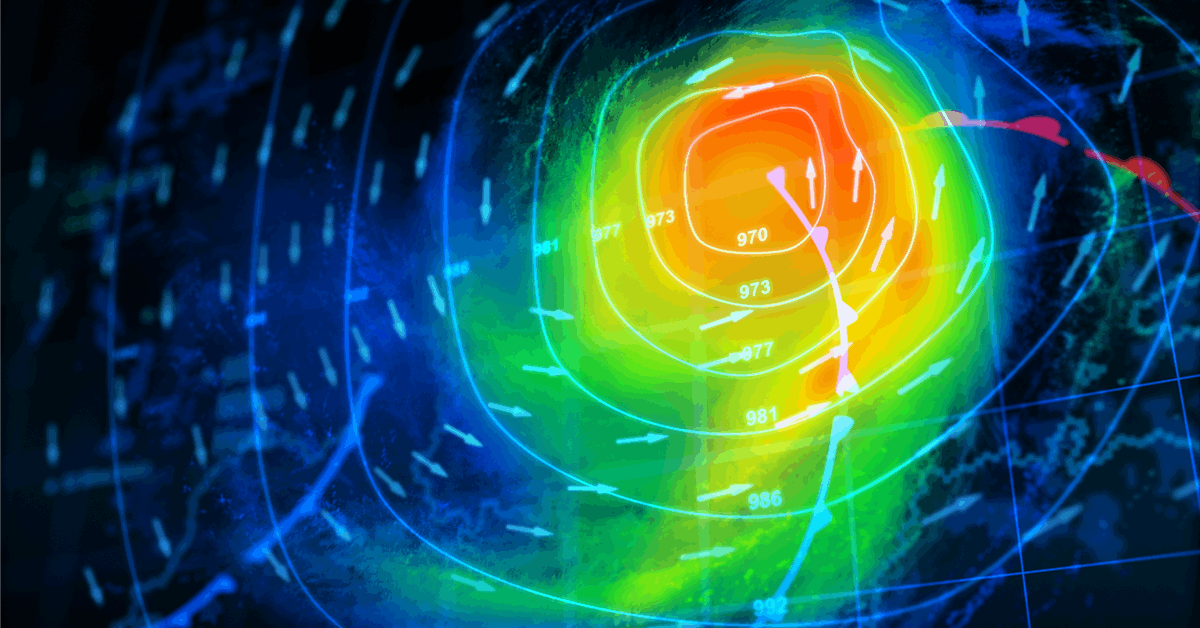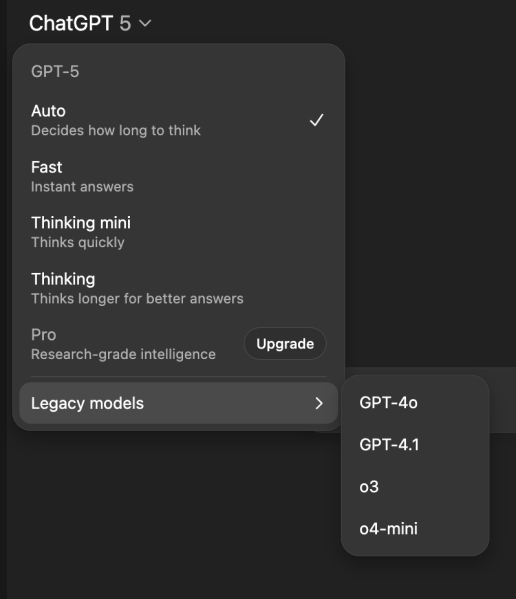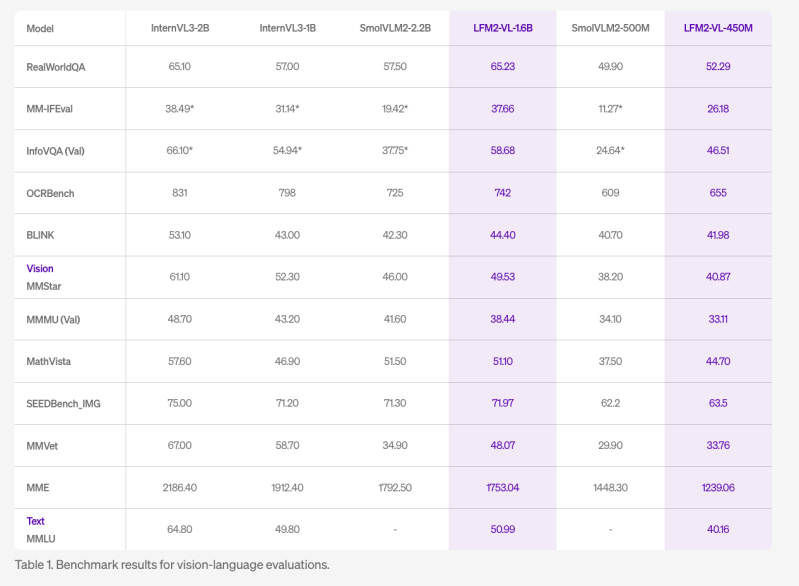
In a statement posted on the National Oceanic and Atmospheric Administration’s (NOAA) website recently, the U.S. Department of Commerce bureau announced an update to its 2025 Atlantic hurricane season forecast.
NOAA said in the statement that forecasters from its National Weather Service updated the number of expected named storms to 13-18. Of these, 5-9 could become hurricanes, including two to five “major hurricanes”, NOAA warned, pointing out that a major hurricane has winds of 111 miles per hour or greater.
In its statement, NOAA noted that the likelihood of above-normal Atlantic hurricane activity is 50 percent. It projected a 35 percent chance of a near-normal season and a 15 percent chance of a below-normal season.
In a statement posted on its website back in May, NOAA revealed that forecasters within its National Weather Service predicted above-normal hurricane activity in the Atlantic basin this year.
The organization noted in that statement that its outlook for the 2025 Atlantic hurricane season predicted a 30 percent chance of a near-normal season, a 60 percent chance of an above-normal season, and a 10 percent chance of a below-normal season.
NOAA said in that statement that the agency was forecasting a range of 13 to 19 total named storms. Of those, six to 10 were forecast to become hurricanes, including three to five major hurricanes, NOAA warned in the statement, adding that it had a 70 percent confidence in these ranges.
In its latest statement, NOAA said its adjusted ranges are for the entire season from June 1 through November 30 and added that they are inclusive of the four named tropical storms that have already formed. NOAA noted in this statement that, in the Atlantic basin, a typical hurricane season will yield 14 named storms, of which seven become hurricanes and three become major hurricanes.
“NOAA stands ready to provide the forecasts and warnings that are vital for safeguarding lives, property, and communities,” Acting NOAA Administrator Laura Grimm said in the organization’s latest statement.
“As we enter the second half of the season, this updated hurricane outlook serves as a call to action to prepare now, in advance, rather than delay until a warning is issued,” Grimm added.
NOAA highlighted in its latest statement that, so far, the season has produced four named tropical storms and no hurricanes.
“No two storms are alike,” NOAA’s National Weather Service Director Ken Graham said in the statement.
“Every storm presents unique, life-threatening hazards that can impact people in both coastal and inland communities. Have a plan in place, and know the actions you should take before, during and after the wide range of hazards that the hurricane season can bring,” he added.
NOAA noted in its statement that Atlantic basin tropical storm activity is expected to be elevated due to a combination of factors, including warmer than average sea surface temperatures in the tropical Atlantic Ocean and Caribbean Seas, and an active West African Monsoon. ENSO-neutral conditions are expected to continue, meaning there is neither an El Nino nor La Nina to influence this season’s storm activity, NOAA warned.
“Many of the factors we identified ahead of the season are still at play, and conditions are largely tracking along with our May predictions,” Matt Rosencrans, lead hurricane season forecaster with NOAA’s National Centers for Environmental Prediction, part of the National Weather Service, said in the statement.
NOAA highlighted in its statement that its hurricane season outlook is for overall seasonal activity and is not a landfall forecast.
A media advisory sent to Rigzone earlier this month by the AccuWeather team stated that abnormally warm waters and conditions more conducive for tropical development will fuel the potential for tropical storms and hurricanes to develop and potentially rapidly intensify near coastal cities from late summer throughout autumn.
“Development can be quick, as they tend to form near land over the Southwest Atlantic, Gulf and Caribbean, giving short time to prepare, rather than farther out over the Atlantic,” AccuWeather Lead Hurricane Expert Alex DaSilva said in the advisory.
The company noted in that advisory that it is predicting an active Atlantic hurricane season, “with 13-18 named storms, including seven-10 hurricanes, three to five major hurricanes and three to six direct impacts to the United States”.
Atlantic weather systems have severely affected oil and gas operations in the Gulf in the past. For example, at its peak, Hurricane Ida shut in 95.65 percent of oil production in the Gulf on August 29, 2021, and 94.47 percent of gas production on August 31, 2021, U.S. Bureau of Safety and Environmental Enforcement (BSEE) figures revealed.
At the time of writing, there are three weather disturbances in the Atlantic, according to NOAA’s National Hurricane Center (NHC). One of these is located in the Northeastern Gulf and has a zero percent chance of cyclone formation in seven days as of 2am EDT on August 12, and another is situated in the Northwestern Atlantic and had a 10 percent chance of cyclone formation in seven days as of 2am EDT on August 12, the NHC site showed.
The other weather disturbance shown on the site is Tropical Storm Erin. This storm had maximum sustained winds of 45 miles per hour as of 5am AST on August 12, according to the NHC site.
NOAA is part of the U.S. Department of Commerce. Its mission is “to understand and predict changes in climate, weather, ocean, and coasts, to share that knowledge and information with others, and to conserve and manage coastal and marine ecosystems and resources”, NOAA’s website highlights.
To contact the author, email [email protected]























